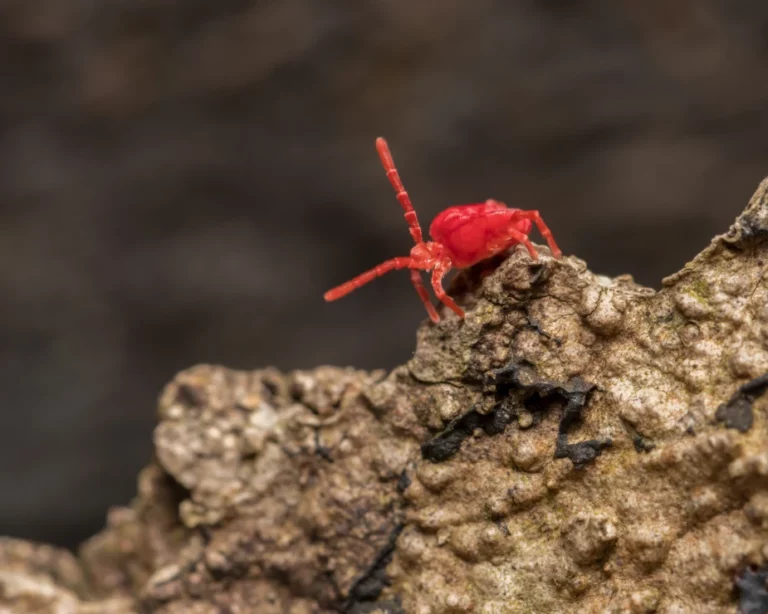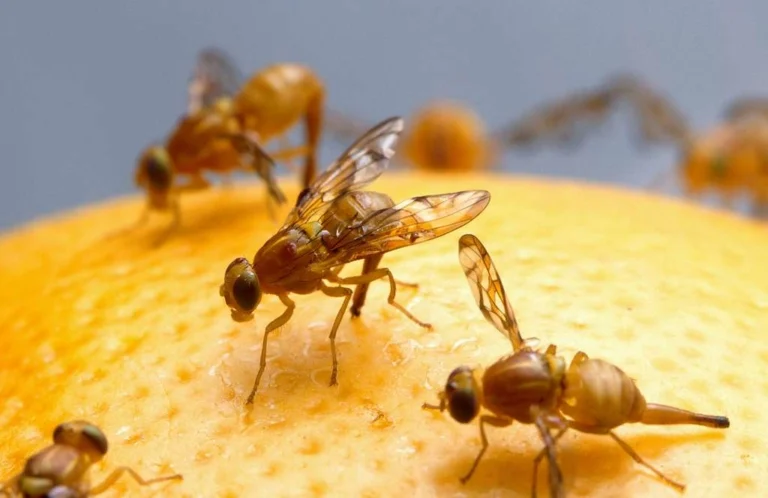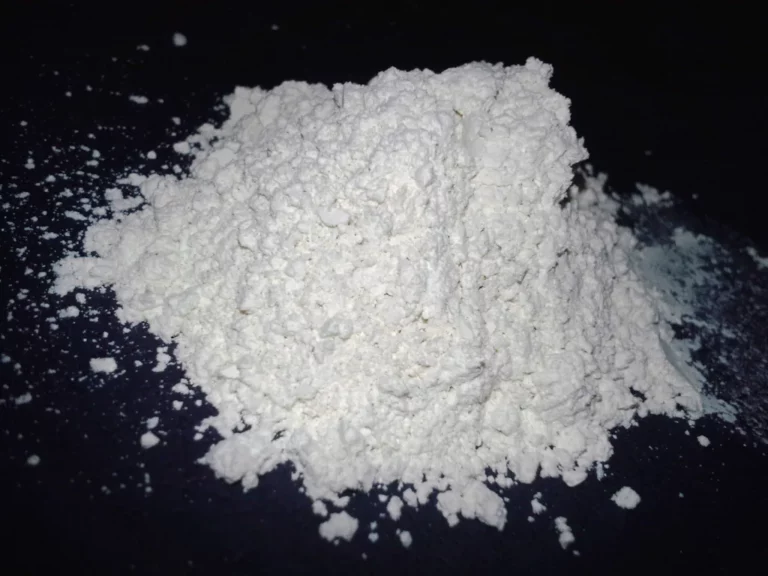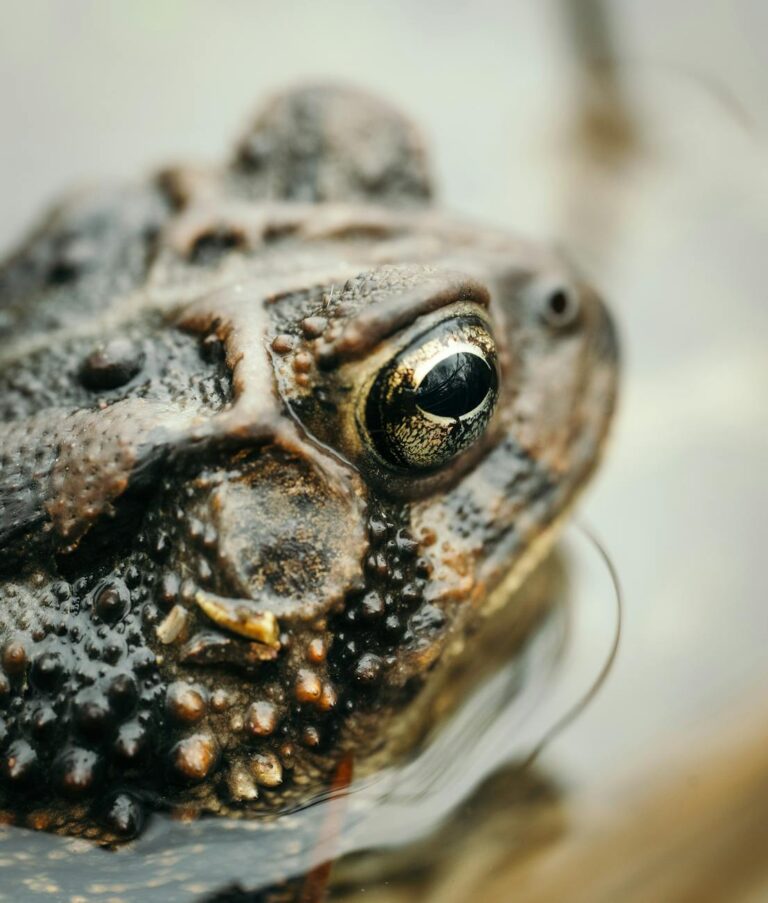Table of Contents
ToggleRed clover mites, often known as clover mites, are tiny mites with an oval body and eight legs. Clover mites are little and brilliant red, making them look like chiggers and other blood-sucking mites. However, despite their appearance, these mites do not feed on blood and pose no risk to humans. The problem is that they cause harm to vegetation.
While their name suggests otherwise, these pests are more commonly seen on clover than on other types of grass or plants. However, the sap they siphon off of plants can turn grasses and leaves a silvery tint, so it’s best to remove them in bulk if you see them.
They may easily sneak into houses due to their little stature. In homes, they gradually die out because they can’t find any food (plants) and don’t like to devour humans.
If you’ve got a clover mite problem and want to get rid of it on your own, our expert DIY treatment advice will assist. If you follow the detailed guidelines provided below, which were compiled by our lawn care specialists, you will successfully eradicate the population in a short amount of time and at a reasonable cost.
Identification
Clover mites must be positively identified as the problem pest before any control measures can be used. To waste time and money on the wrong treatment because of a mistake in diagnosis.
Because of their small size (only approximately 1/30th of an inch long), clover mites might be difficult to spot. Bugs have intricate designs that are only seen up close, yet from a distance they appear to be inconspicuous dots on the ground.
Despite having eight legs, their massive size makes it difficult to accurately count them. The forelegs of a clover mite are noticeably longer than those of any other leg, setting it apart from other types of insects.
Instead of being insects, clover mites are arachnids belonging to the spider family. They are sometimes misidentified as Chiggers and other similar-looking pests. Their lengthy forelegs, which are frequently misidentified as antennae, set them apart from Chiggers.
If the small insects don’t bite humans or animals like chiggers and other bloodsucking bugs do, you can be sure they’re clover mites and not something else. They prefer to stick to a diet of greens.
The Dangers of Clover Mites
Fortunately, the damage that clover mites can cause is little. If you smash one on a white table (not their fault), it will leave a stain, and the plants they eat will have stippled leaves. Large populations of clover mites can be very annoying because their diet consists primarily of grass and ornamental plants.
If you take good care of your plants, though, the damage caused by clover mites won’t go deep. Unlike some other sap-sucking animals, they do not spread plant illnesses. Insufficient numbers of clover mites to cause serious tissue damage to a plant.
PREVENTING CLOVER MITES
Preventing a pest invasion is preferable to fighting off an armada of insects. Read on for 5 strategies to keep clover mites away from your house and yard.

1. DON’T OVER-FERTILIZE THE LAWN
Fertilized lawns are an ideal environment for clover mites to flourish. Avoid using excessive amounts of fertilizer in your garden.
2. PROPER PLANT PLACEMENT
Be mindful of how close your new plants will be to your house while you landscape your yard. The clover mites can readily go from the plants to your home. Keep your plants at least two feet away from the walls of your house.
3. CREATE A BARRIER
Clover mites can be discouraged from settling in the yard of your home by the use of gravel and woodchips. They’d much rather make their way through vegetation than any other material.
4. SEAL CRACKS & GAPS
The tiny clover mites can squeeze through the tiniest of openings. It’s important to check your house for any cracks or openings that need to be repaired. Particular care should be paid to the ground around your home’s foundation, windows, and doors.
5. REPAIR SCREENS
Make sure all of the windows and doors in the house have functioning screens. You should fix them or get new ones if they get broken. Additionally, you should check the screens to make sure they fit snugly so that insects are kept out.
Treatment
As soon as the inspection is through, you may move on to preparing the grass for the chemical treatment that will follow. Put on safety gear before handling any chemicals to avoid any accidents.
Before beginning treatment for clover mites, it is important to determine the extent of the infestation. If you’ve only seen them outside, the problem isn’t too bad; if you’ve seen them crawling on the outside of your home, it’s worse; and if they’re inside, it’s quite bad.
Use a broadcast pesticide, like Supreme IT, and the Pyrid Insecticide Aerosol, both indoors and out. To use the Supreme IT, dilute the concentrate with water and spray it along the exterior of your property to deter insects from entering.
Do not worry if Clover mites have already made their way into your home; instead, treat the area with Pyrid Aerosol. A single spray of this fast-acting spray is all it takes to kill Clover Mites on contact. Spray in the air and in cracks and crevices to get rid of Clover Mites.
Step 1 – Using Reclaim IT, spray the perimeter and yard.
Clover mites can be treated with Supreme IT, a general insecticide. Additionally, the lethal effects of the treatment might be felt for up to 90 days after initial administration.
Use a fan spray setting to apply the Supreme IT combination evenly to the upper and lower surfaces of the plant leaves.
Next, spray a barrier around the perimeter of your home or building with Supreme to prevent clover mites from entering. Spray around the perimeter of the building, including the doors and windows, the foundation up to a height of 4 to 6 feet, and any other potential access sites.
Step 2 – Use an indoor Pyrid aerosol spray
Synthetic pyrethroid pesticide Pyrid Aerosol effectively and rapidly eliminates bugs. The product’s straw applicator tip allows for precise spraying into tight spaces, such as those in which clover mites are known to lurk.
Simply apply the product where clover mites have been spotted or where activity is suspected by shaking the can before each use. To ensure uniform coverage, apply the product at a distance of 24 inches. Spray for no longer than 10 seconds per room to ensure product dissipation.
Apply directly into cracks, holes, and other small areas where clover mites may be hiding. Until the substance has dried, the area must be kept free of dogs and people.
How to Prevent Clover Mites in Your Home
It can’t be emphasized enough that clover mites don’t do any damage inside the house. Of course, nobody wants an infestation, and we can see why that may be. Clover mites are so tiny that it may seem impossible to keep them out of your home, but proper caulking around windows and doors is a good place to start.
Taking out a strip of grass surrounding your property that’s anywhere from 18 inches to 24 inches wide can help stop clover mites from entering your yard. If you can’t cut back the grass quite this much, concentrate on the south, southwest, and east sides of the structure. Once the grass has been taken out of the way, you may throw a wrench into their travel plans by laying down weed cloth and pea gravel. While this won’t stop all of the clover mites from entering your home, it will stop the great majority.
If you spot any clover mites around the exterior of your home, get the garden hose ready to spray them away. Killing clover mites is as easy as spraying them with water, and if you can avoid using pesticides, you can help keep their natural predators in control, which should help keep the population in check as well.
If you’ve succeeded in getting rid of Clover Mites from your property, you’ll want to prevent them from returning. Taking these precautions can help avoid the resurgence of Clover Mites.
Proper Precautions
Clover mite populations increase in lawns that have been overfertilized with nitrogen. You may give your grass just the correct quantity of nutrients by reducing the number of times you apply fertilizer.
Clover mites use branches from trees as ladders to scale walls and get access through broken window panes or other openings. Maintaining a low mowed lawn and cutting back overgrown bushes, bushes, and tree limbs all around the house’s perimeter are both beneficial.
Remove all leaf litter from around your property and seal off any cracks or crevices to prevent an infestation of clover mites.
Plus, a well-maintained lawn is better able to fend off pests that may otherwise cause only minimal damage. Aim for a mowing height of 3 to 4 inches and a weekly watering of 1 to 1.5 inches to promote strong root development in your lawn.
You should then take certain exclusion measures, such as sealing the door and window frames, to make sure that any unused openings are maintained that way. In order to prevent Clover Mites from entering your property, you should plug any openings you find along its perimeter.
It only takes a quarterly application of Supreme IT to permanently rid your yard of clover mites. Supreme IT’s longevity (up to 90 days) and versatility (kills and repels over 70 insect pests) make it an excellent choice for pest control, as it provides protection from a wide range of unwanted visitors.




